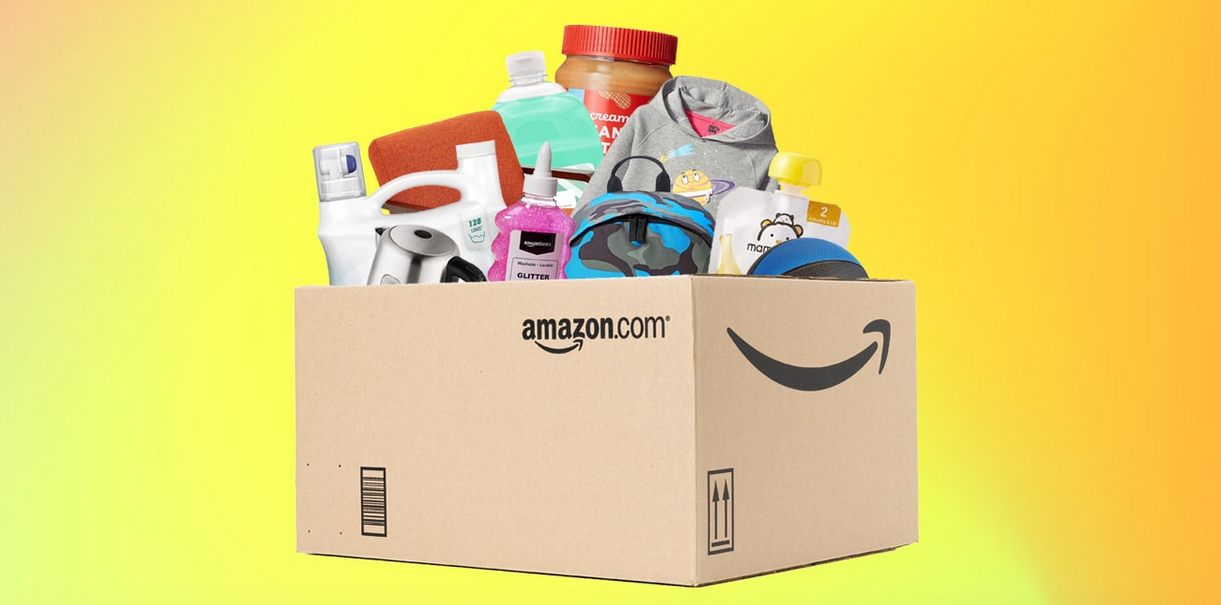In Amazon’s early days, enterprising merchants carved out lucrative niches for themselves by identifying what wasn’t being sold on the site, sourcing those products at low prices and offering them as third-party sellers. This phenomenon helped the ecommerce platform serve more consumers while mitigating its risk and made Amazon the so-called Everything Store it is today. Eventually, it also inspired a change in the mega retailer’s business model.
Amazon Private Label Company
In 2007, Amazon launched its own private labels business by taking a page from third-party sellers: Find popular products on the site and sell them at a lower price, in this case under a “brand” name created by Amazon itself. First was luxury bed-and-bath brand Pinzon. Then Amazon followed with everyday-items brand Amazon Basics in 2009. The retailer’s private label business has since grown to include 119 brands, per a recent study from research firm Gartner L2, including Amazon Essentials, which features apparel, and paper goods brand Presto.
And the list is growing. Business intelligence firm Feedvisor found Amazon is aggressively pushing into private labels. Oweise Khazi, senior principal at Gartner and lead Amazon analyst, called the market “potentially a gold mine” in part because so many consumers trust Amazon.
But third-party sellers and their private labels haven’t gone anywhere. In fact, per a Feedvisor report, 56% of all Amazon marketplace sellers earned revenue from private labels in 2018, up from 32% in 2017. They also account for 58% of sales in 2018, for a total of $160 billion—and have a compound annual growth rate of 52% since 1999. By contrast, Amazon’s compound annual growth rate for first-party sales over that 20-year period was 25%, from $1.6 billion to $117 billion.
As Amazon CEO Jeff Bezos wrote this year in his annual letter to shareholders, “Third-party sellers are kicking our first-party butt.”
And yet it’s not quite that simple. Amazon collects fees from its third-party sellers—for being on the site, storing merchandise in the retailer’s warehouses and fulfilling orders. As a result, Amazon is in competition with the very sellers that helped it gain dominance, and its relationship with these third-party vendors has turned into something like the field of candidates for the Democratic nomination in the 2020 presidential election: They’re rivals, but they also have an interest in each other’s success.




